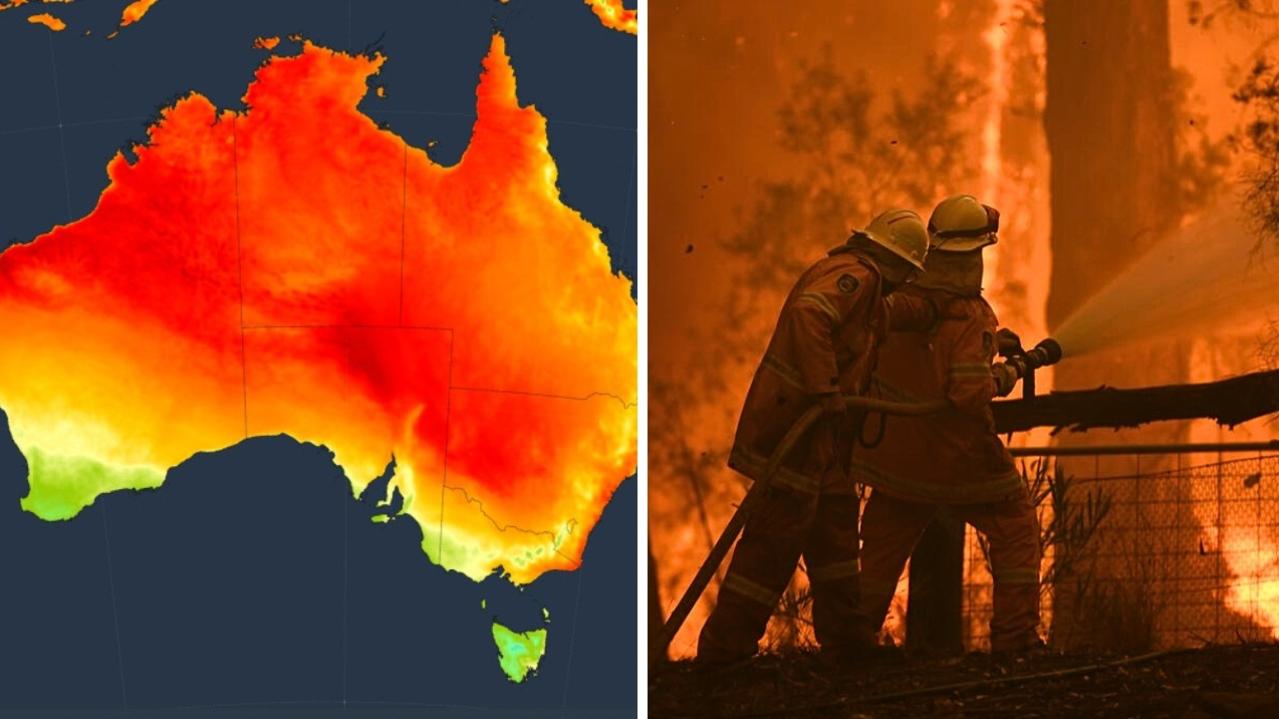An outpouring of concern has reverberated around the world since Australia declared an El Nino event, with fears another devastating bushfire season could be looming.
Former fire brigade chief Greg Mullins was quick to add his voice to the choir, warning that a dangerous summer lies ahead.
In spring 2019, Mr Mullins was one of the first people to warn that the Black Summer was coming. In letters, phone calls, press conferences and interviews, Mr Mullin urged authorities to prepare, but felt his pleas fell on deaf ears.
“Bushfires will be back in the headlines. I’m nervous,” Mr Mullins told the BBC, in a new report that described Australia’s memory of the Black Summer as “haunted”.
The reasons behind Mr Mullins’ worries are simple. The Australian bush is remarkably resilient and, three years on from the Black Summer, many areas that were torched have rebounded magnificently.
Three years of heavy rainfall have resulted in impressive plant growth that is now drying out. While the newly dense forests are good news for wildlife, local firefighter Andrew Hain described them as a “nightmare”.
“You hear that?” he said, referencing the sound of dry leaves and grass crunching underfoot.
“They call that the cornflake factor, the crunch factor. I look at that and I go, that is gonna burn hot, and that is gonna burn hard. If you get the right conditions, all of this will go. It could just be a lightning strike and we’re back to doing it again.”
“If I hadn’t seen it with my own eyes, there’s no way I would believe that had burned as hard as it did,” Mr Hain added of a slice of NSW bushland in which he fought fires in 2019.
“You think nothing will ever grow in there again … [but] I could now go in there 30 metres and you won’t see me any more.”
David Bowman, a University of Tasmania professor and one of Australia’s leading fire management experts, also said he was concerned.
“We’re absolutely not prepared”, he told the New York Times.
“We’re not doing the necessary work at the speed we need to do the work, relative to the rate of climate change.”
Incredibly, as he spoke to the publication, Professor Bowman was watching a fire burn in the distance.
“I’m watching a fire developing as we speak, and it’s quite interesting,” he said.
While parts of the landscape may have rebounded, Australians’ memories of the Black Summer have stuck fast.
In just a few months in 2019 and 2020, 24 million hectares of our beautiful country burned.
Thousands of homes were razed to the ground and 33 people lost their lives, with hundreds more deaths attributed to smoke inhalation.
Some of those fires were so intense they brought their own weather, such as pyrocumulonimbus storms and fire tornadoes. One such system lifted a fire truck off the ground and inverted it, killing a volunteer firefighter inside.
In 2023, concerns of another disastrous fire season are bubbling, and many have pointed out it doesn’t have to be another Black Summer in order to be devastating.
“It doesn’t need to be a Black Summer to be dangerous. We don’t need reminders given what’s happened with the northern hemisphere fires,” said Rob Webb, CEO of the Australasian Fire Authorities Council.
The NSW Rural Fire Service has conducted just 24 per cent of the hazard reduction burns that were planned, after wet weather continuously got in the way.
NSWRFS commissioner Rob Rogers said Australia was looking down the barrel of “the worst risk we’ve faced since the Black Summer.”
“The climate influences driving increased risk of bushfire this season are widespread,” added Mr Webb.
“Almost the entire country can expect drier and warmer conditions than normal this spring, so it is important for Australians be alert to local risks of bushfire over the coming months, regardless of their location.”
Get in touch — chloe.whelan@news.com.au
